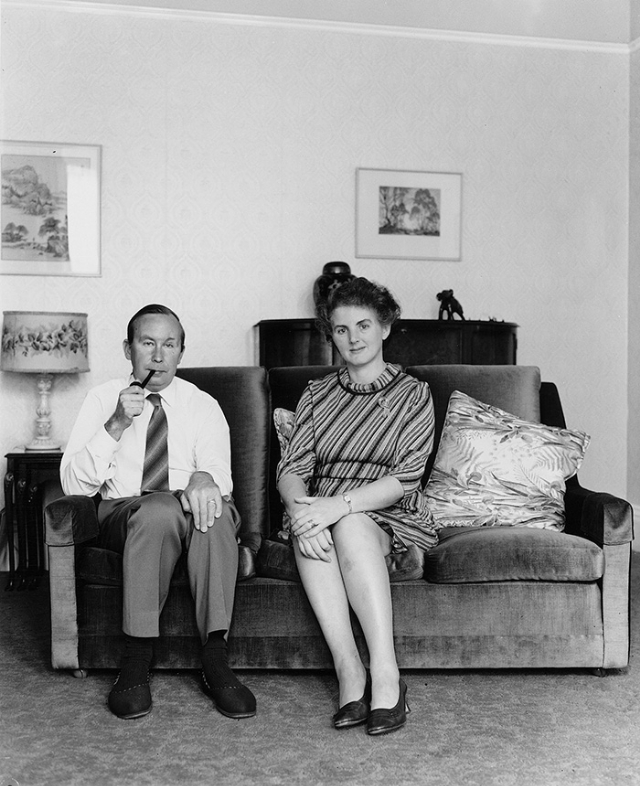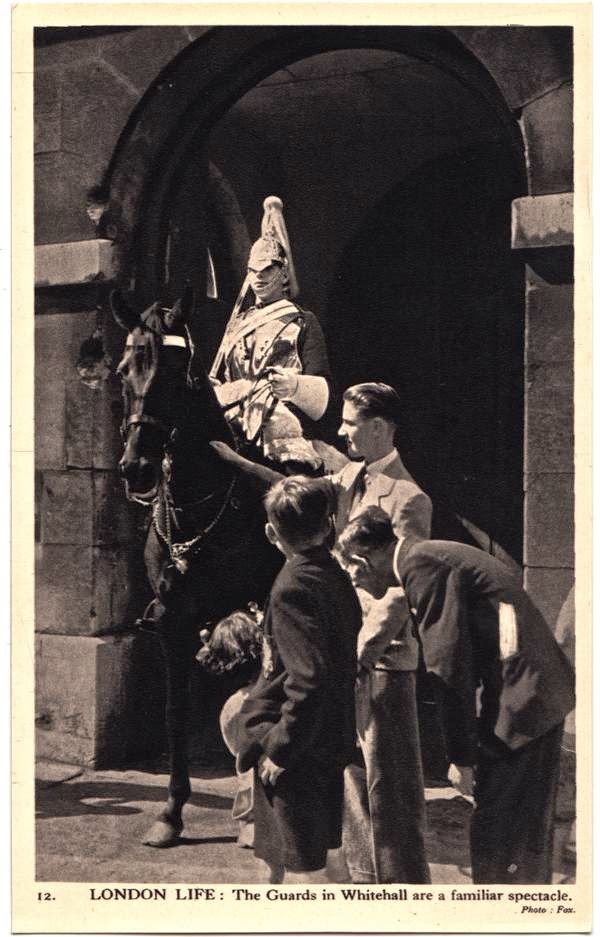When we think about the history of photographic portraiture, one of the narratives that constantly repeats itself is the idea of the photographer who stays close to home, spending a lifetime shooting the people who live nearby, either out in the streets, in their homes, or in a studio setting. One of the reasons this story returns again and again is that the art of portraiture, at least as executed with a camera, is fundamentally built on the fragile trust developed between the artist and the subject, and it generally takes time (sometimes measured in years or decades) for people to get comfortable with each other. Being known and local is often the starting point for the consent that enables memorable pictures to happen.
John Myers made his mark as a photographer shooting in and around the town of Stourbridge (where he lived), in the West Midlands, in England, during the 1970s and early 1980s. He used his bulky large format camera to make images of the suburban residents, mostly in their own homes, and his slow, old school approach must have felt a bit contrarian in a world increasingly dominated, at that time, by handheld cameras.
What stands out about Myers’ work is that he clearly understood the aesthetic lessons to be found in the portraits of both August Sander and Diane Arbus, and then took those learnings somewhere decidedly new by filtering them through a distinctly British eye for dry understatement.
“In the early ’70s in England, there were very few photography books available,” Myers recalled. “My main interest and influence was August Sander and Diane Arbus. What’s striking about Arbus’ photographs is that you can’t get away from the figure. They are not composed in any composition sense; they are in a box and they intrude on your space. There’s nowhere to hide. Arbus developed this notion of the figure in space from August Sander.”
We have often come to use the word “deadpan” to describe portraits that have a deliberate sense of distance, but that particular word implies an aloof cooless that doesn’t apply to what Myers has done. His portraits are reserved and restrained to be certain, but there is a consistent undercurrent of empathy, intention, and even politely wry humor that gives them an enduring richness. They also document a specific cross section of British suburban life in the 1970s, creating a cultural context that is worth remembering.
































